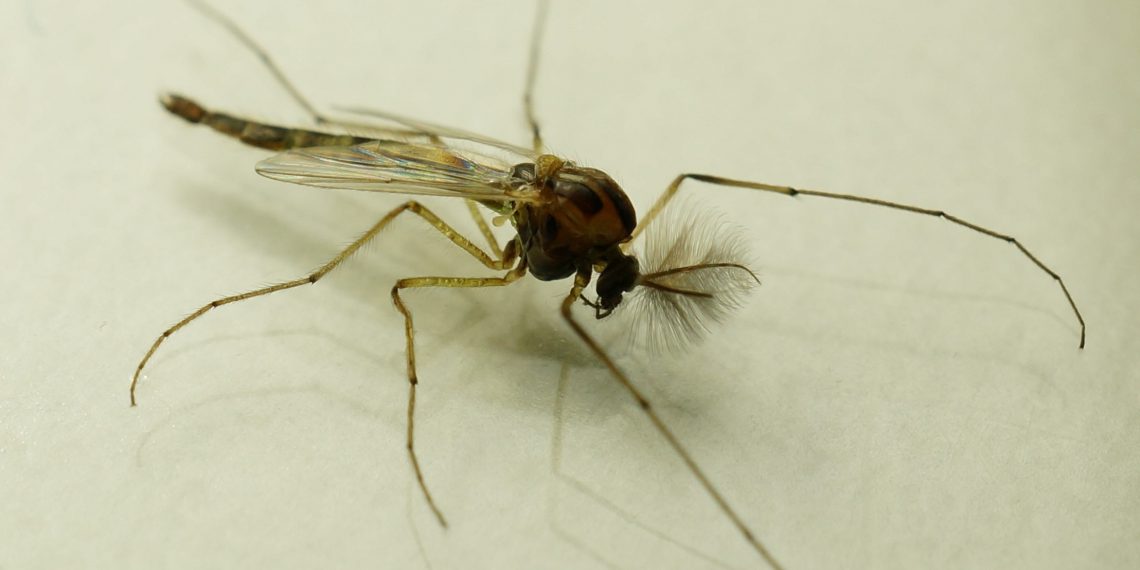Microplastics are entering the environment in ever greater concentrations and decompose only very slowly. The plastic particles, which are up to five millimeters in size, are dispersed by water and wind. Microplastics have now been detected in all ecosystems, from the deep sea to high alpine glaciers. Although there is increasing evidence that the ingestion of microplastics — depending on size, quantity and composition — could be harmful to organisms, the degree of danger has not yet been conclusively determined.
That microplastics can also trigger evolutionary changes has now been shown for the first time by an international team of scientists* from the LOEWE Center for Translational Biodiversity Genomics (TBG), the Senckenberg Biodiversity and Climate Research Center Frankfurt (SBiK‑F) and the Estonian National Laboratory of Chemistry and Physics. Their genomic study was published in the journal Chemosphere. According to the study, the ingestion of microplastic particles triggers an evolutionary adaptation in the Chironomus riparius mosquito.
In an experiment spanning several generations of mosquitoes, they were exposed to a concentration of microplastics similar to that found in the environment. This initially showed a loss of fitness in the form of death rates of up to 50 percent. Subsequently, however, an interesting development set in: Within three generations, the mosquitoes adapted to the uptake of the pollutant, so that there was no longer any difference to the control group in terms of survival rates. At the same time, however, changes were registered in their entire genome that could be interpreted as the reason for this incredibly rapid adaptation. In particular, those genes that play a role in combating inflammation and oxidative stress — a substance imbalance in cells that impairs repair and detoxification functions — showed signs of evolutionary adaptation.
“Even though twitchbugs were able to adapt very quickly to microplastics, this is only partially good news. Because this may not reflect the situation in natural populations and ecosystems. Many different factors need to be taken into account for this to happen.”
- Dr. Halina Binde Doria, study author
For one, she said, the experimental situation may not show all the negative effects of microplastics on survival or reproduction rates, in short, evolutionary fitness. For example, the ingestion of microplastic particles directly or indirectly affects nutrient uptake in the gut and could have negative effects during nutrient-poor periods, such as winter. Also, adaptation to microplastics could override important other adaptations, such as control of mutation rates. In addition, he said, it is known that not all species can adapt as quickly as twitchbugs. On these, microplastics would have harmful effects in the longer term.
Study leader Prof. Markus Pfenninger, also working at the LOEWE Center TBG and the SBiK‑F as well as at the Johannes Gutenberg University Mainz, summarizes: “Our study shows that microplastics in the environment have the potential to forever alter the evolutionary development of species exposed to them. Even if there appear to be no immediate harmful effects, microplastics pose a hitherto underestimated threat to all ecosystems. We now want to further explore the genomic responses of twitchbugs to microplastics as an example, as their rapid reproductive rate, ease of maintenance in the lab, and available reference genome make them well suited for these analyses.”

















